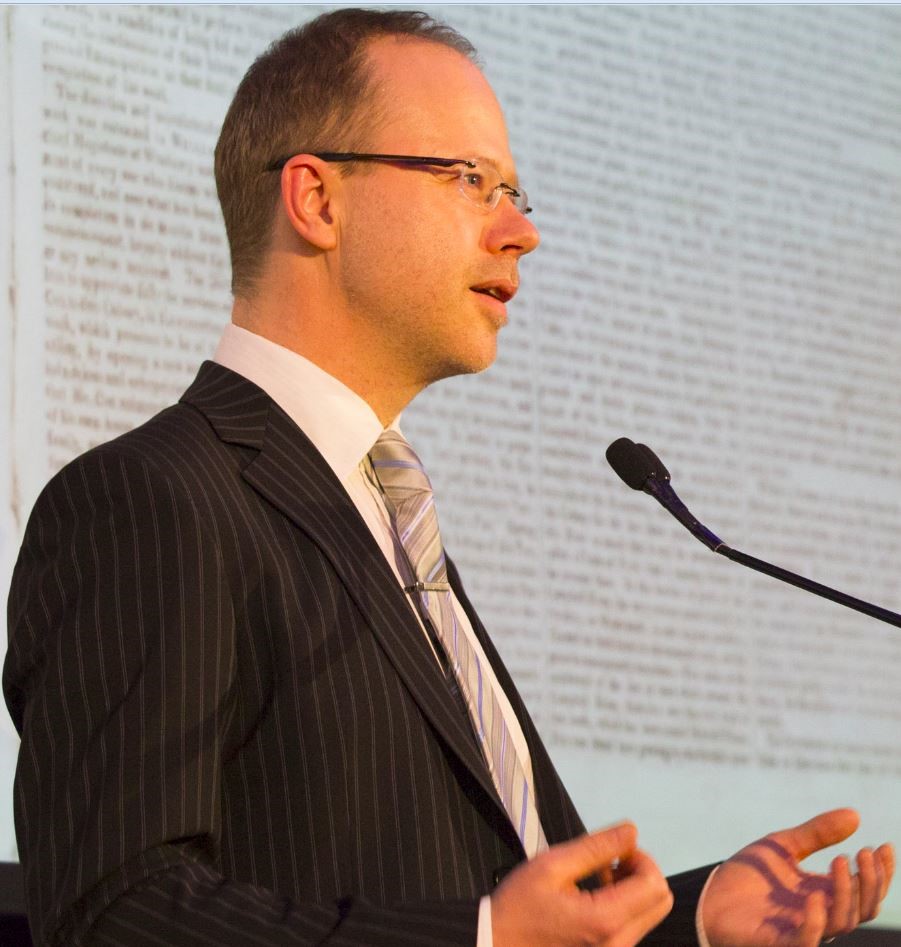» Next Entries
The Archives
-
Communication and Media Studies, Cultural Studies, Literary Studies
Digital Fabric, Narrative Threads
25.10.08 | Permalink | Comments Off on Digital Fabric, Narrative ThreadsThe traditional crafts of quilting, embroidering and weaving may appear to be a world away from the high tech fields of computer networking, digital interface design, and database development. However, the old and new are increasingly being linked through metaphors that reveal a great deal about changing attitudes to digital technologies as they become more established and widely accessible […] Today’s communication networks are structured around “patchwork” designs, software glitches are fixed with “patches,” computer processors are being described as “multi-threaded,” and over the past decade other “material metaphors” have been embraced as a means of conceptualising and giving form to our new world of amorphous digital texts. In particular, the quilt motif has been used in a variety of ways, including as a means of visualising interaction and information flows and as a template for digital interface design.
-
Communication and Media Studies, Cultural Studies, Digital Scholarship, Historical Studies
Hypermedia History: Changing Technologies of Representation
25.11.06 | Permalink | Comments Off on Hypermedia History: Changing Technologies of RepresentationTechnologies of representation are not just instruments of recording and reporting. Their basic attributes determine what it is actually possible to conceptualise, capture and articulate. Photography, to take a classic example, transformed people’s outlook on the world because it could provide an unrivalled visual framing of actuality. It had no equivalent in the prior traditions of visual communication. Technological invention spurs social change. By focussing on ‘technologies of representation’ I am not only concerned with the technological means that underpin specific forms of representation, although these fundamentally define the range of options available, but also with the ways of seeing and understanding that they open up. Tomas describes these beautifully as “a new type of amniotic environment for vision”.
-
Communication and Media Studies, Digital Scholarship, e-Research, Historical Studies
Interactive Histories
25.10.05 | Permalink | Comments Off on Interactive HistoriesIn this paper I discuss broad concepts that are at the centre of debates in the digital history field. The discussion ranges over four key concepts: digital interactivity, narrative, content and form. Digital interactivity is a shifting concept, the changes in its meaning directed by technological change. Narrative, which continues to be the primary mode for the telling of history, is gaining new meanings as interactive modes prompt the question of what can be considered ‘narrative’ and what cannot. Particular kinds of historical content lend themselves more readily to interactive representation, but to discuss this is to acknowledge that what counts as ‘history’ has been expanded immeasurably over the past decades. Finally, the many hybrid forms being utilised in the digital history field requires that new critical frameworks be developed to help theorise and differentiate those forms.
» Next Entries






